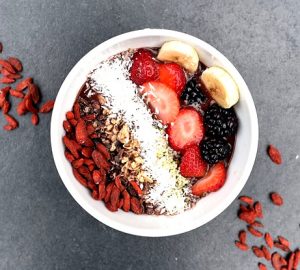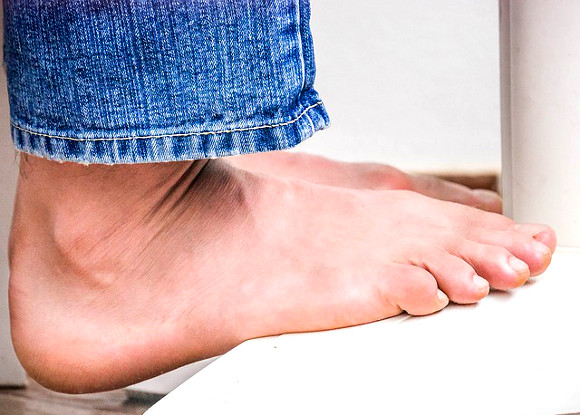Insoluble fibers: why we need them
Insoluble fibers increase the transit time of food through the digestive tract and thus help the body to maintain proper gastrointestinal functions.
Data from various studies have shown that insoluble fibers protect from development of type II diabetes and cardiovascular diseases. According to the advice of nutritionists, people under 50 must consume respectively 38 g of insoluble fibers for men and 25 grams for women every day.
Whole grains:
Wheat is the most popular and widely spread cereal in our diet that contain insoluble fibers. You can eat it in the form of bread, cereal or pasta, wheat bran or wheat germ. Other cereals that contain insoluble fibers are rice, rye and barley.
Beans:
Beans, lentils and peas contain large amounts of insoluble fibers. Whether you choose to eat beans, chickpeas, pinto beans or another variety, bean plants are a useful addition to any diet, whether you are fond of meat or prefer vegetarian dishes.
Vegetables:
Some vegetables are excellent sources of insoluble fibers – white cabbage, cauliflower, Brussels sprouts and kale. Other suitable vegetables are turnips, carrots and beets. The large selection of vegetables that contain this type of fibers allows for you to have a varied and complete diet.
Fruits:
Some fruits such as pears, apples and apricots, contain different types of insoluble fibers – mostly in their skin. Accordingly, peeling of these fruits strongly reduce the fiber content and associated health benefits. Strawberries, raspberries, blueberries and figs are another available rich source of insoluble fibers.


